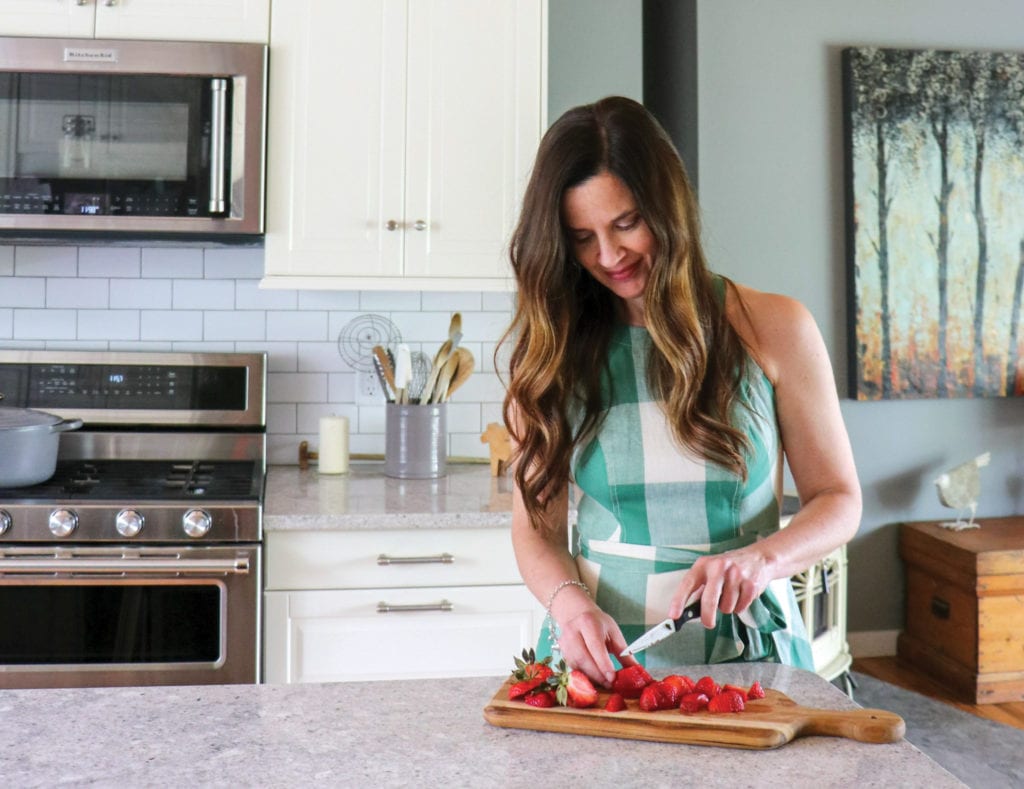We invite you to enjoy this conversation with Vesterheim Folk Art Education Program Coordinator Josh Torkelson and Nordic Cooking Instructor Kristi Bissell.
An excerpt of this interview along with one of Kristi’s recipes, Roasted Salmon Smørbrød with Creamy Mustard Dill Sauce and Pickled Beets, is printed in the next issue of Vesterheim magazine, which includes a collection of articles and recipes focused on New Nordic Cuisine. The magazine will be out in June 2021 and is a benefit of Vesterheim membership. If you aren’t currently a member, start your annual membership to receive new issues twice each year! Join here.
Visit Vesterheim to experience the New Nordic Cuisine exhibit open through September 6.
Be sure to check for a schedule of Nordic foods classes with Kristi and other instructors here!
Also enjoy interviews with Patrice Johnson and Emily Vikre.

